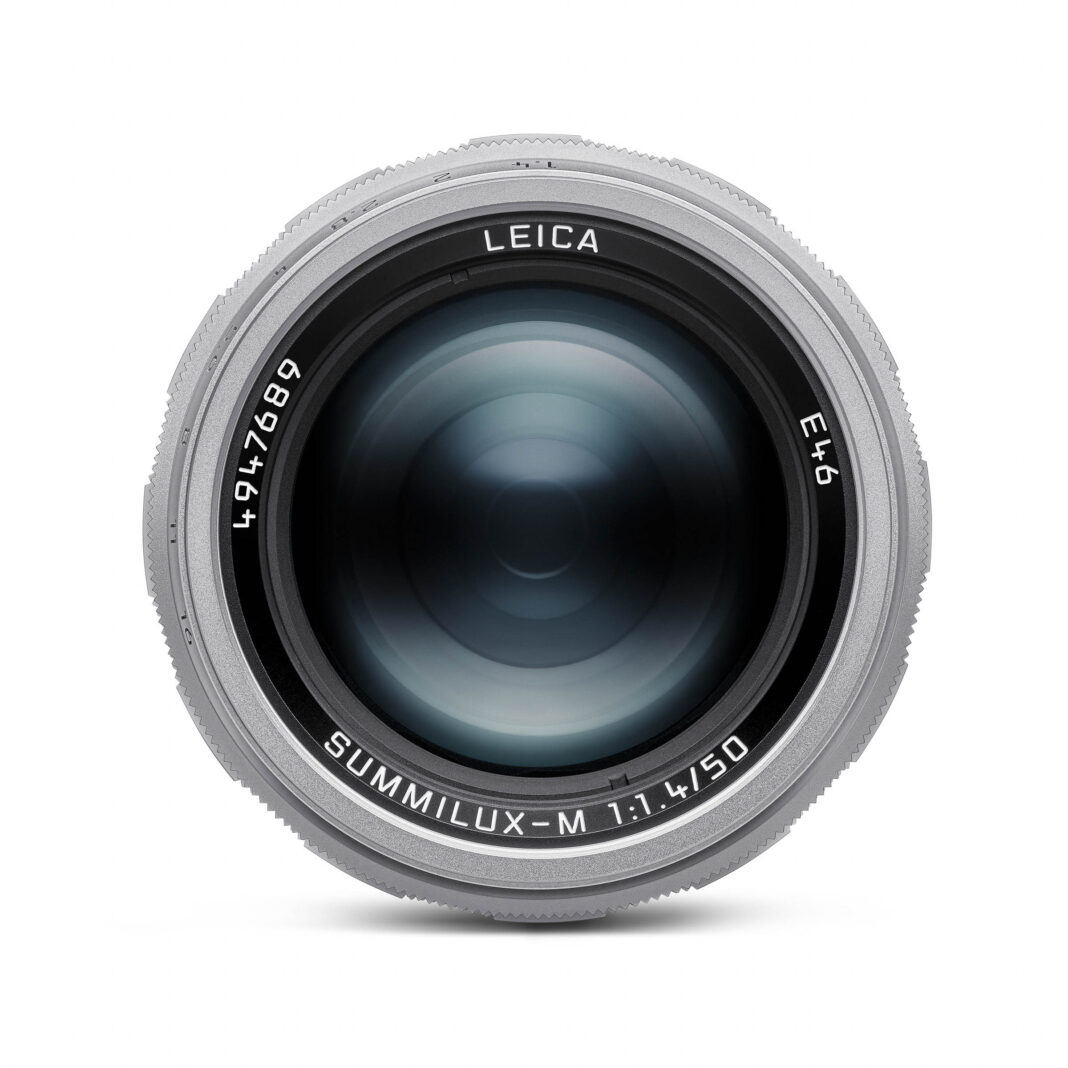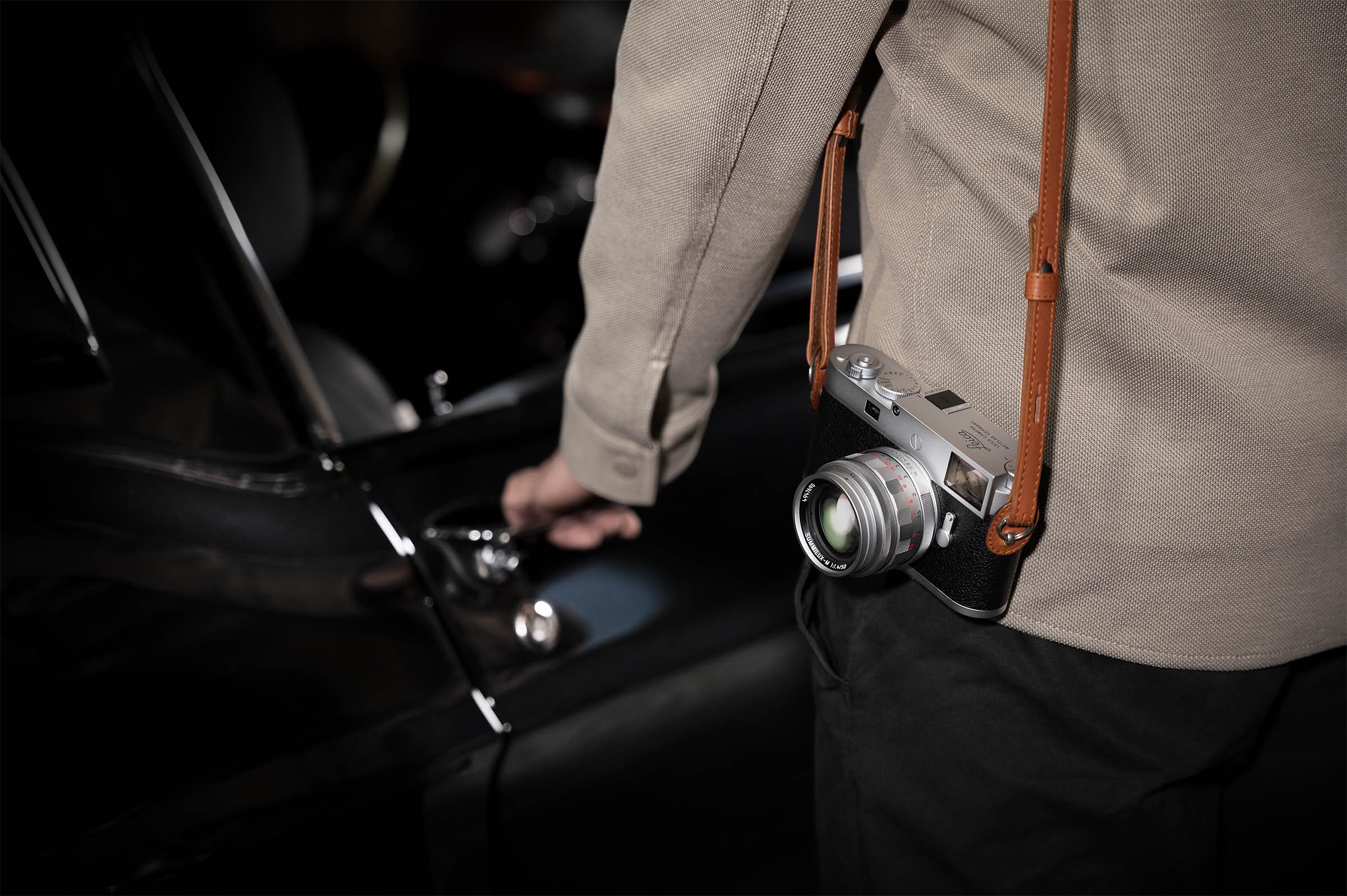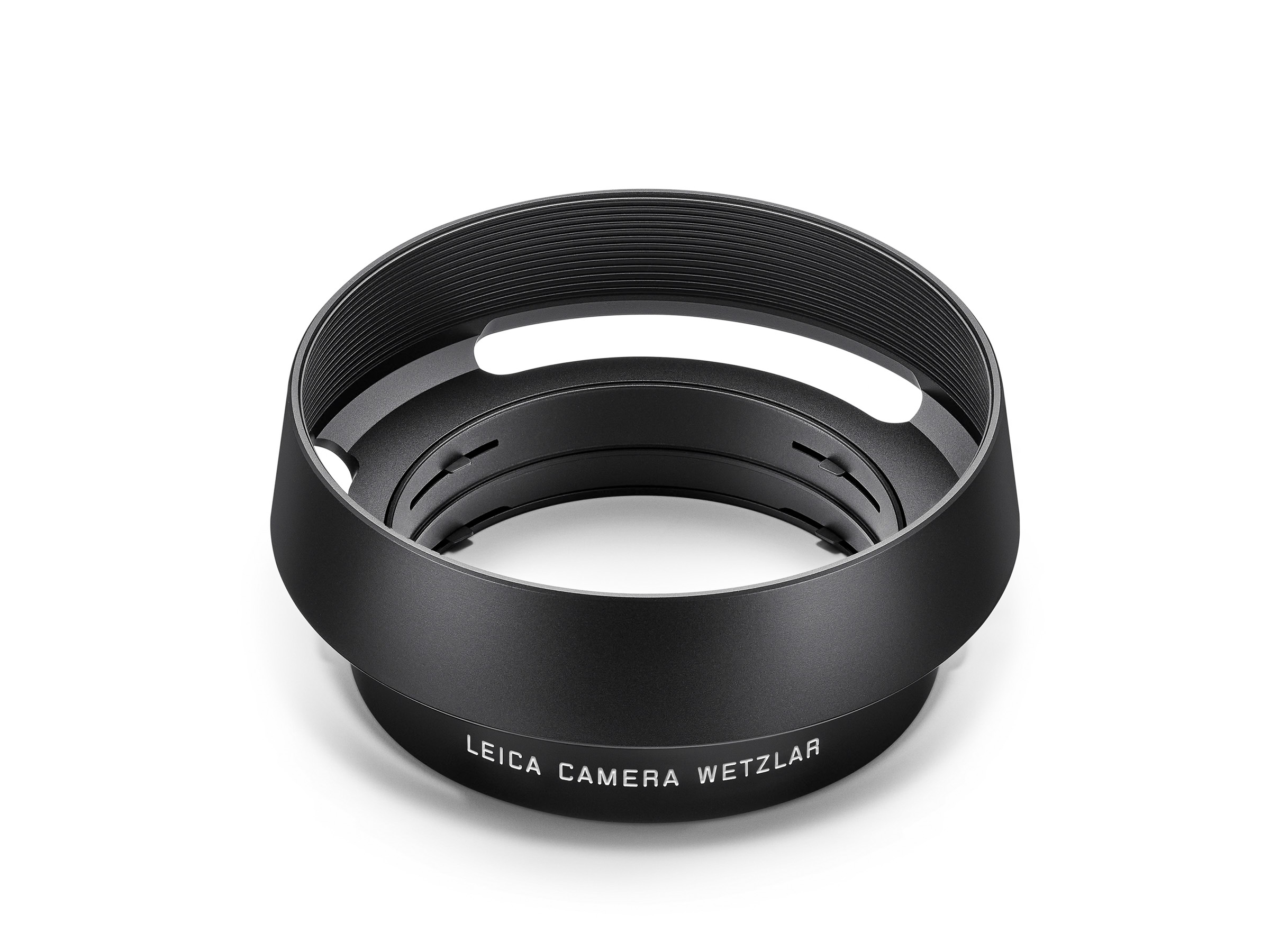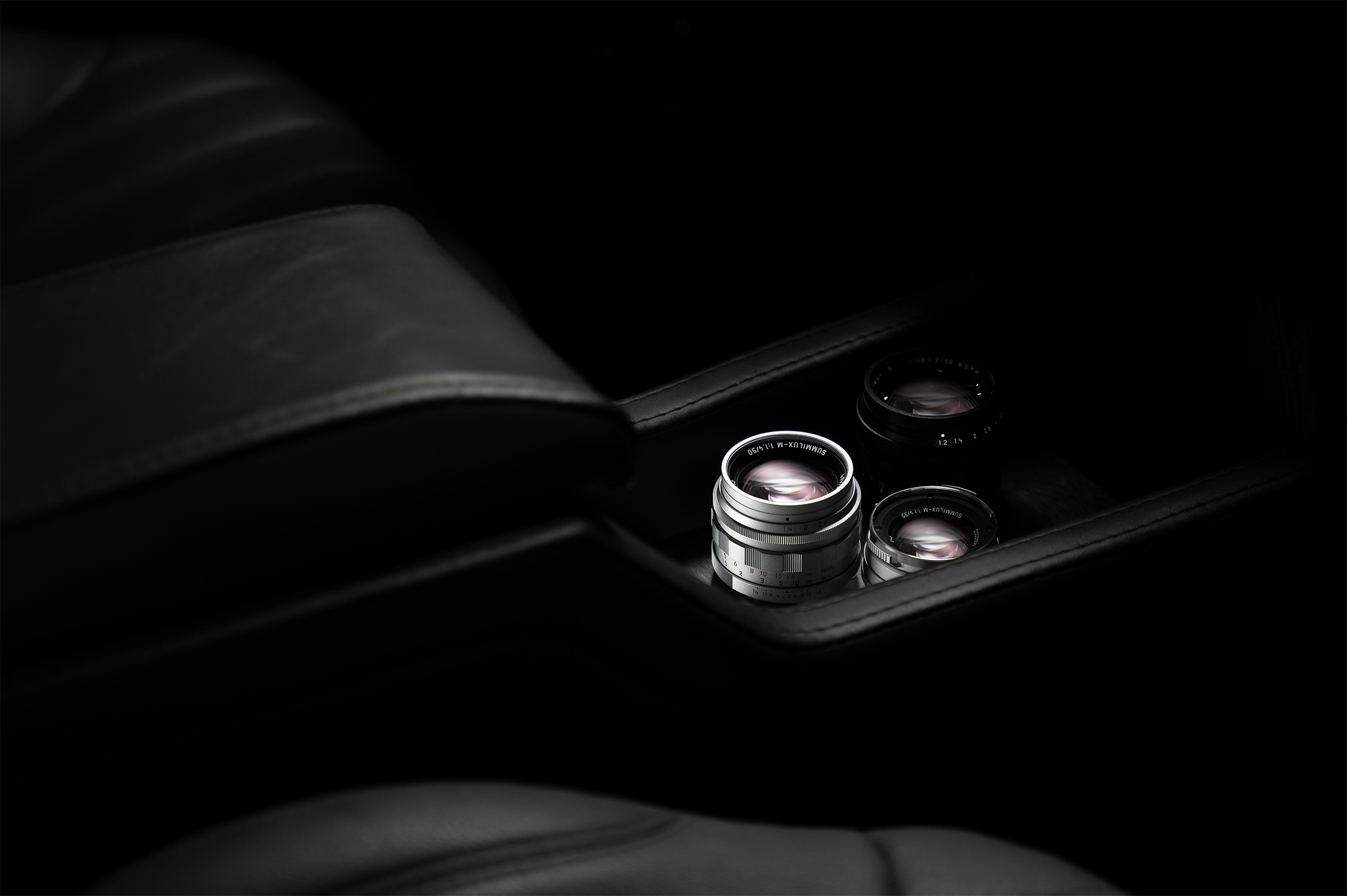The new Leica Summilux-M 50 f/1.4 lens, introduced today, becomes the fifth member of the Leica Classic Line. Leica has said that it is dedicated to re-issuing historical Leica lenses. Often, the specific imaging characteristics of these retro lenses cannot be recreated, either by modern lenses or by post-processing techniques. While the exterior of the new Summilux-M 50 f/1.4 has been subtly adapted to complement the contemporary lenses of the M-System, the optical design of the original lens design remains unchanged.
Famous Five
The non-aspheric Summilux-M 50 f/1.4 joins four other lenses in the Classic Line. They are the Summaron-M 28 f/5.6, included in October 2016; the Thambar-M 90 f/2.2 (November 2017); the Noctilux-M 50 f/1.2 (January 2021) and the Summilux-M 35 f/1.4 (October 2022). Leica states that the new Summilux-M 50 f/1.4 has a unique bokeh and soft rendering at wide aperture. It is at its sharpest when stopped down, according to Leica.
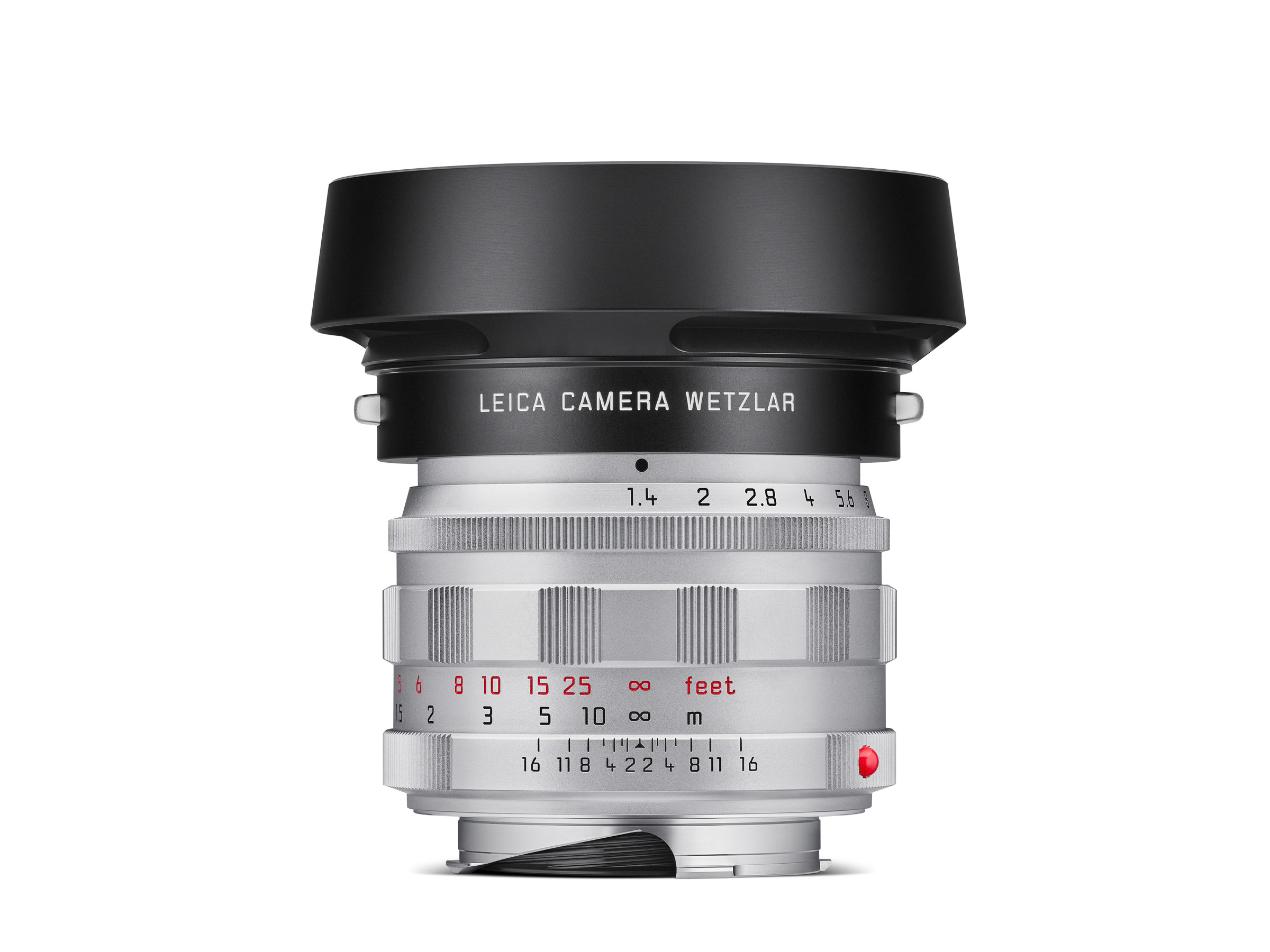
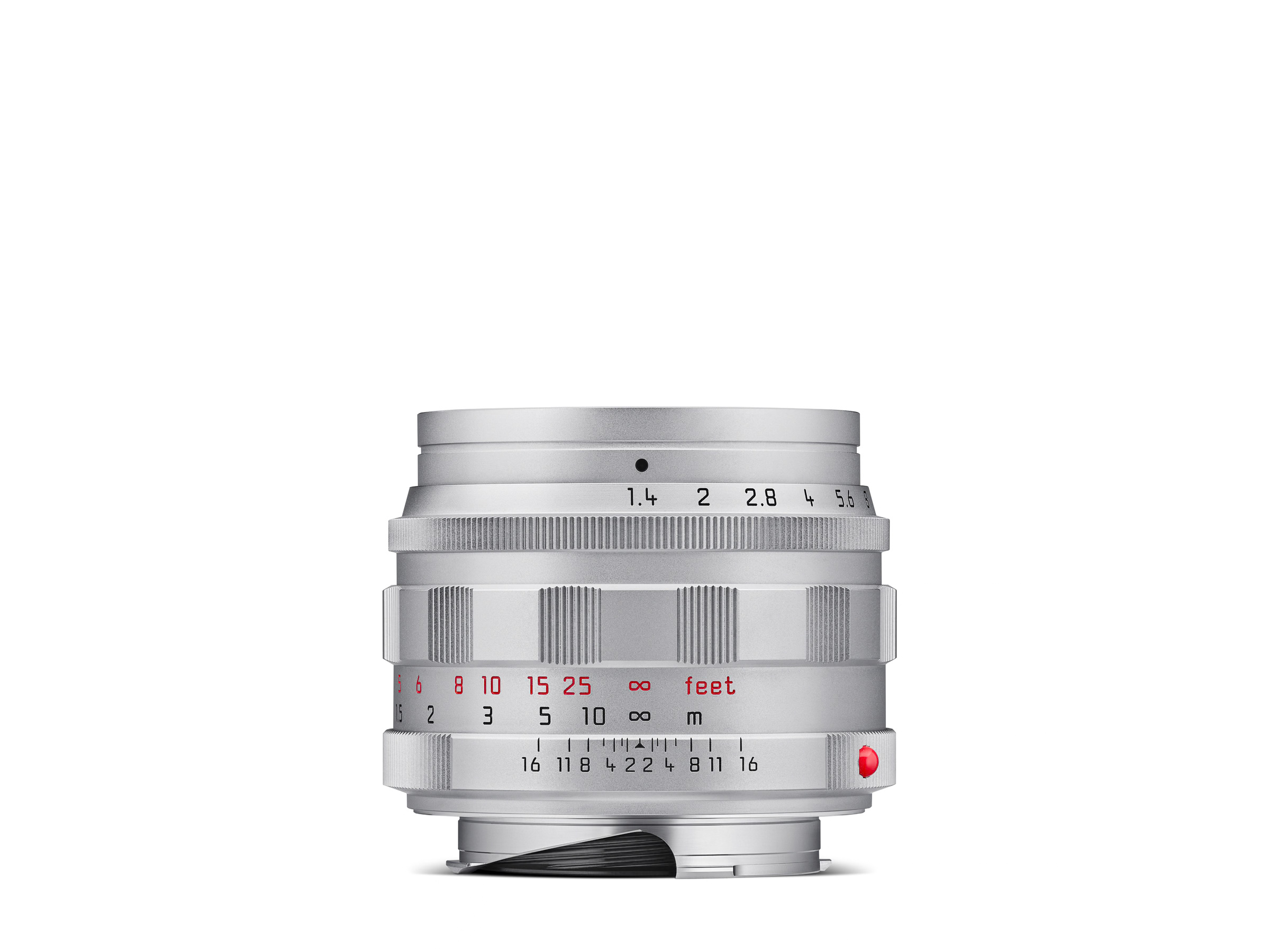
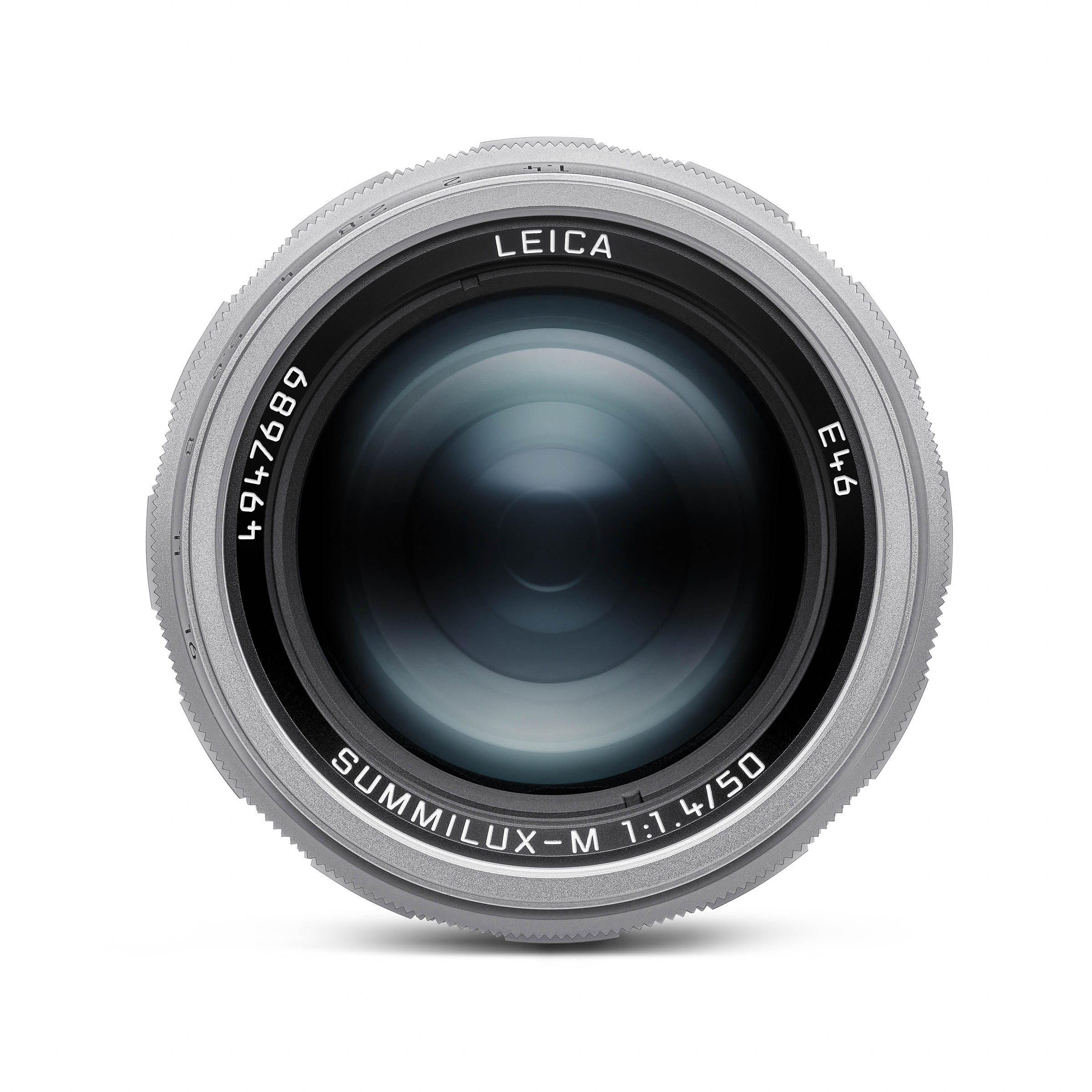
The lens is made of brass with a chrome-plated surface finish. The close-focus distance is the standard 70cm, unlike the 100cm featured on some classic lenses. The new interpretation of the classic lens combines the vintage look with state-of-the-art technology. Just like the Summaron, Thambar, Noctilux f/1.2 and the “steel rim” Summilux-M 35, its aesthetics are reminiscent of its historical predecessor.
The optical calculation is based on the second Summilux-M 50 f/1.4 II which is renowned for its impressive image quality and unmatched image characteristics at wide aperture. It offers particularly soft bokeh at wide aperture, making it ideal for portrait photography. When stopped down, the new lens produces sharper and higher-contrast images than the classic version.
According to Leica, this is ensured by modern production techniques and the use of special types of glass: “The new edition of this classic fulfils all the requirements of modern M cameras with a high-resolution sensor. Compared to its historical predecessor, it offers even more creative freedom thanks to its extended close focusing distance of 0.7m.”
The Summilux-M 50 f/1.4 is the first Leica lens to come in the new Leica packaging. The high-quality boxes do not contain any plastic and, like the lens, are also produced in German.
History
The Summilux-M 50 f/1.4 version I was launched in 1959. It was the first lens to use the name, which is derived from the Latin “summa lux”, meaning “maximum light”. Since then, the Summilux has become to represent the concept of a particularly fast Leica lenses featuring an aperture of f/1.4 to f/1.7.
The new Summilux-M 50 f/1.4 lens is based on the Leica Summilux-M 50 Version II, which was introduced in 1962 and remained in production until 1992 when the version III arrived.
According to the Leica Pocket Book 9th Edition, the 1962 lens deviated from the earlier version (1959-1961) in having an air-space between elements 2 and 3, and a cemented last group. It also used new glass types.
Oddly, while the lens went into production in 1962, the change was not acknowledged until 1968. However, it is said that the redesign was influenced by competing Japanese lenses of the period and, according to Leica, “overall contrast was more in accordance with current thinking that a high-speed lens needed good contrast for available-light photography.”
Price and availability
The Leica Summilux-M 50 f/1.4 is now available worldwide from all Leica Stores, the Leica Online Store and specialist retailers. The recommended retail price is £3,310 | €3.894 | $3,895. GBP and EUR prices include tax; US$ prices do not include tax.
Press release
Jonathan Slack’s review of the new Summilux-M 50 f/1.4
The Leica Noctilux 50 f/1.2 reviewed by Jonathan Slack
Milan Swolfs puts the steel-rim 35mm Summilux-M through its paces
Leica Summaron 28 f/5.6: First take from an old slowcoach (by Jack Delmonte)
A cup of coffee works wonders in supporting Macfilos
Did you know that Macfilos is run by a dedicated team of volunteers? We rely on donations to help pay our running costs. And even the cost of a cup of coffee will do wonders for our energy levels.

